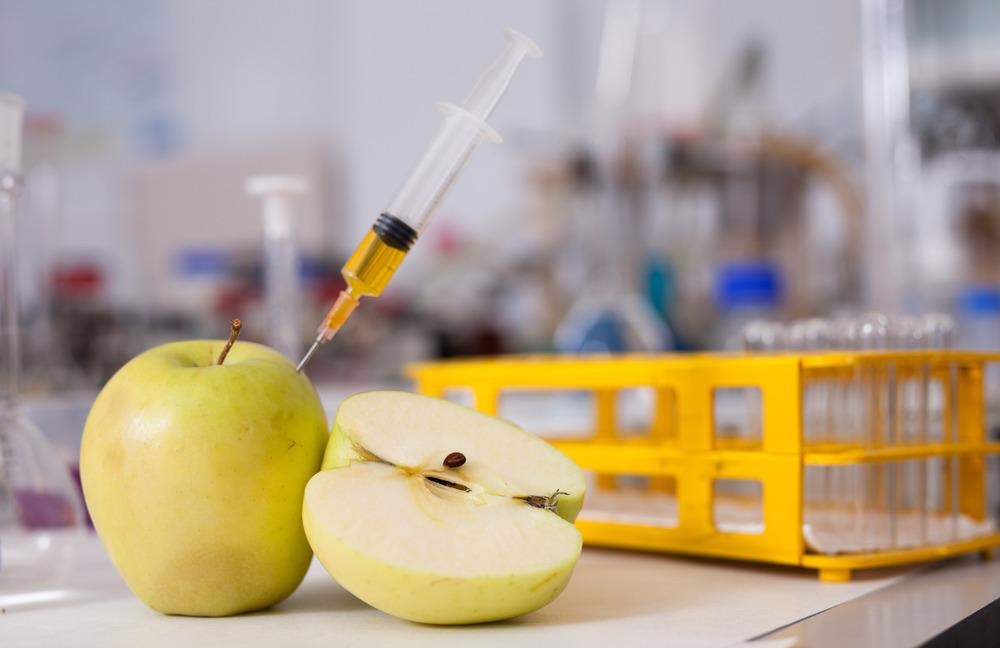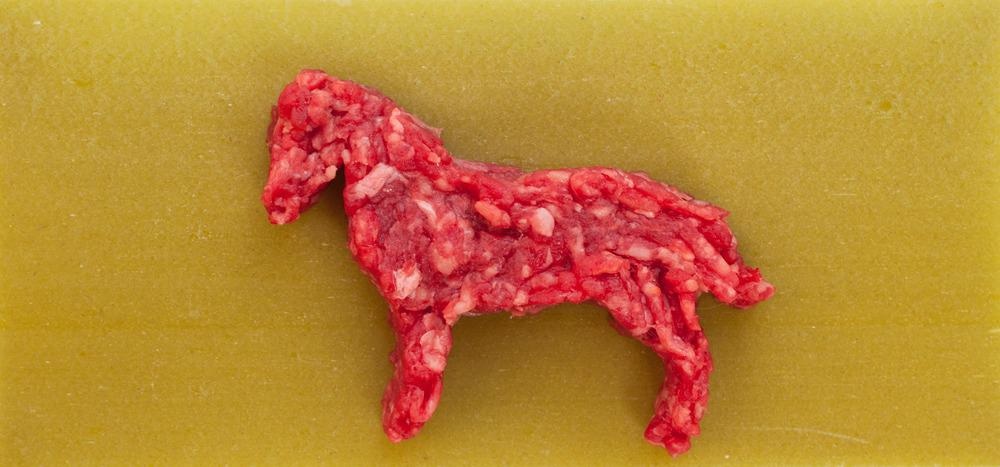The intentional or unintentional contamination of food, referred to as food adulteration, is increasingly prevalent in foods including meat, dairy, and fruit due to its associated economic benefits. However, adulterants negatively affect human health, and safety regulations are trying to improve food production processes' health, traceability, and sustainability.

Image Credit: BearFotos/Shutterstock.com
What is food adulteration, and what are its implications?
Food adulteration refers to food contamination or the addition of food components, a common phenomenon, particularly in developing countries. The practice of adding adulterants is a significant challenge in today's food industry, as it affects food hygiene, suitability, and health of consumers.
Natural products can be adulterated or contaminated through various methods. Adulteration is typically done for business purposes, mainly to increase profits, but it is also done to imitate other food substances or increase food production. However, food adulteration can also be done accidentally due to a lack of knowledge of proper food production, preparation, or consumption.
The penalties for food adulteration have increased in recent years as institutions and governments are attempting to improve food production and population health by regulating the sourcing, practices, and content of foods. Nonetheless, food demands are increasing with a rapidly growing human population, and food adulteration is becoming increasingly widespread.
The most common examples of food adulteration
Adulteration occurs in many foods but typically occurs the most in the most consumed items. Water can be added to milk to increase volume, with starch powder added to increase its appearance as solid. For fruit, adulteration includes the addition of chemicals for faster ripening of fruits, mixing decomposed fruits and vegetables with healthy ones, or the addition of dyes to attract consumers. Other instances include mixing clay, pebbles, stones, sand, and marble chips into the grains, pulses, and other crops to increase the weight of products.
Such contamination negatively impacts human health, with reports of increased toxicity and decreased nutritional value associated with adulteration, which has sometimes also led to fatalities. For instance, carcinogenic chemicals are often used as adulterants, impacting internal organs directly leading to heart, kidney, or liver failure.
More recent findings on food adulteration have indicated that meat is becoming an increasingly common target of food adulteration. A study by Cavin et al. in 2018 discussed recent transgressions in meat processing, including the European horse meat scandal in 2013. The authors presented other cases of meat substitution, which highlight significant weaknesses in the supply chain transparency and traceability of raw meat materials.
In response to meat adulteration, the food industry has applied a range of software tools, including DNA-based identification of adulterants, which has enabled the mapping of meat supply chains. Yet, authors showed that meat and derivatives remain highly susceptible to fraudulent malpractices. The authors conclude by supporting the use of technology, including next-generation sequencing and mass spectrometry, which can be used for rapid detection of malpractice, ultimately reducing instances of meat adulteration.

Image Credit: papillondream/Shutterstock.com
Associated health concerns and preventative methods
In a 2017 review, Sangita-Basal et al. compiled the health risks caused by different food adulteration and the existing detection methods available for them. Adulterants are often hard to detect as substances are often chosen to have similar properties as the food they are added to. This includes physical appearance as well as biological composition.
In the review, the authors discuss types of adulteration, including metallic contamination, which refers to the intentional or unintentional inclusion of metals and metal compounds in food, many of which are considered most toxic as their intake is highly chronic and they bioaccumulate in human organs, causing subsequent damage. Microbial contamination is another form of adverse adulteration, which refers to the spoilage of food due to the infusion of different microbes through various sources. Microorganisms may contaminate foods from different sources during food processing like during harvest, storage, processing, distribution, handling, or preparation.
As a result of such harmful adulteration, food safety regulations have been developed based on physical, biochemical/immunological, and molecular techniques for detecting adulterants in food. Authors describe how molecular methods have become preferred for biological adulterants, whereas physical and biochemical techniques are favored for detecting other adulterants in food.
This preference was echoed in a 2019 study by Sheikha et al., who advocated for DNA testing to ensure the quality and safety of foods. The study offered a cost-effective, rapid technique to detect food adulteration at the household level, referred to as DNAFoil. This technique does not require PCR level equipment and can confirm the detection of food adulteration in as little as 30 minutes. Such technology would allow consumer-level detection to improve food safety and consumption.
In the future, other candidate methods for detecting food adulteration can be used to improve food safety. Already, methods using digital platforms and the internet to promote are used to track, identify, and communicate issues of food adulteration. In turn, this will improve food consumption and lead to healthier foods, more sustainable ways of food production, and better food security.
Sources:
- Bansal, S., Singh, A., Mangal, M., Mangal, A. K., & Kumar, S. (2015). Food adulteration: Sources, health risks, and detection methods. Critical Reviews in Food Science and Nutrition, 57(6), 1174–1189. https://doi.org/10.1080/10408398.2014.967834
- Cavin, C., Cottenet, G., Cooper, K. M., & Zbinden, P. (2018). Meat Vulnerabilities to Economic Food Adulteration Require New Analytical Solutions. CHIMIA, 72(10), 697. https://doi.org/10.2533/chimia.2018.697
- el Sheikha, A. F. (2019). DNAFoil: Novel technology for the rapid detection of food adulteration. Trends in Food Science & Technology, 86, 544–552. https://doi.org/10.1016/j.tifs.2018.11.012
- Gupta, K., & Rakesh, N. (2018). IoT-Based Solution for Food Adulteration. Proceedings of First International Conference on Smart System, Innovations and Computing, 9–18. https://doi.org/10.1007/978-981-10-5828-8_2
Further Reading
Last Updated: May 30, 2022